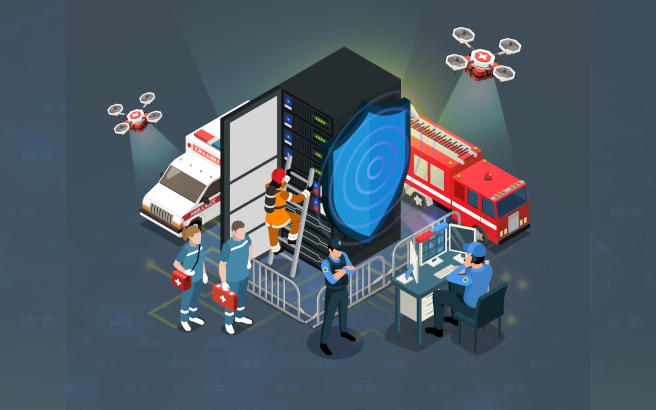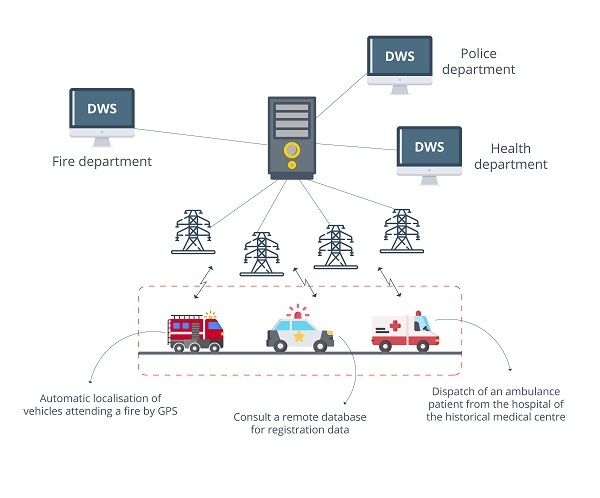Cybersecurity in TETRA networks study

The TETRA (Terrestrial Trunked Radio) network is a standard developed in Europe in the 1990s by ETSI (European Telecommunications Standards Institute), whose emergence came because of the management of telephone communications for extreme cases, in which standard communication via mobile might not work properly. Therefore, it can be considered as an alternative network for communications with emergency and security services to be always operational.
TETRA unifies different digital radio interface alternatives for communications and serves as a standard for the construction of private mobile networks or PMR (Private Mobile Radio).
The need to implement a network that guarantees an almost complete level of availability together with the possibility of configuring different security methods make TETRA a key standard for certain types of communications.
The implementation of devices capable of communicating via TETRA allow users to have two types of services when making a communication, basic services, which include calls and data transmission (both group and individual or broadcast) and also the supplementary service, which includes services with priority calls, eavesdropping, etc.

- Network structure of the TETRA system. Source. -
All this, together with the security and availability guarantees provided by TETRA, allows different groups of users, in different industrial or security environments, to be able to communicate without any problems in hostile environments.
The purpose of this guide is to provide advanced knowledge about TETRA networks, so that different users can consider this standard for their critical communications, as well as to increase users’ basic knowledge about this type of networks. On the other hand, it defines different types of vulnerabilities that can affect this type of networks and explains how to remedy or mitigate them.
The complete guide can be downloaded at the following link:









